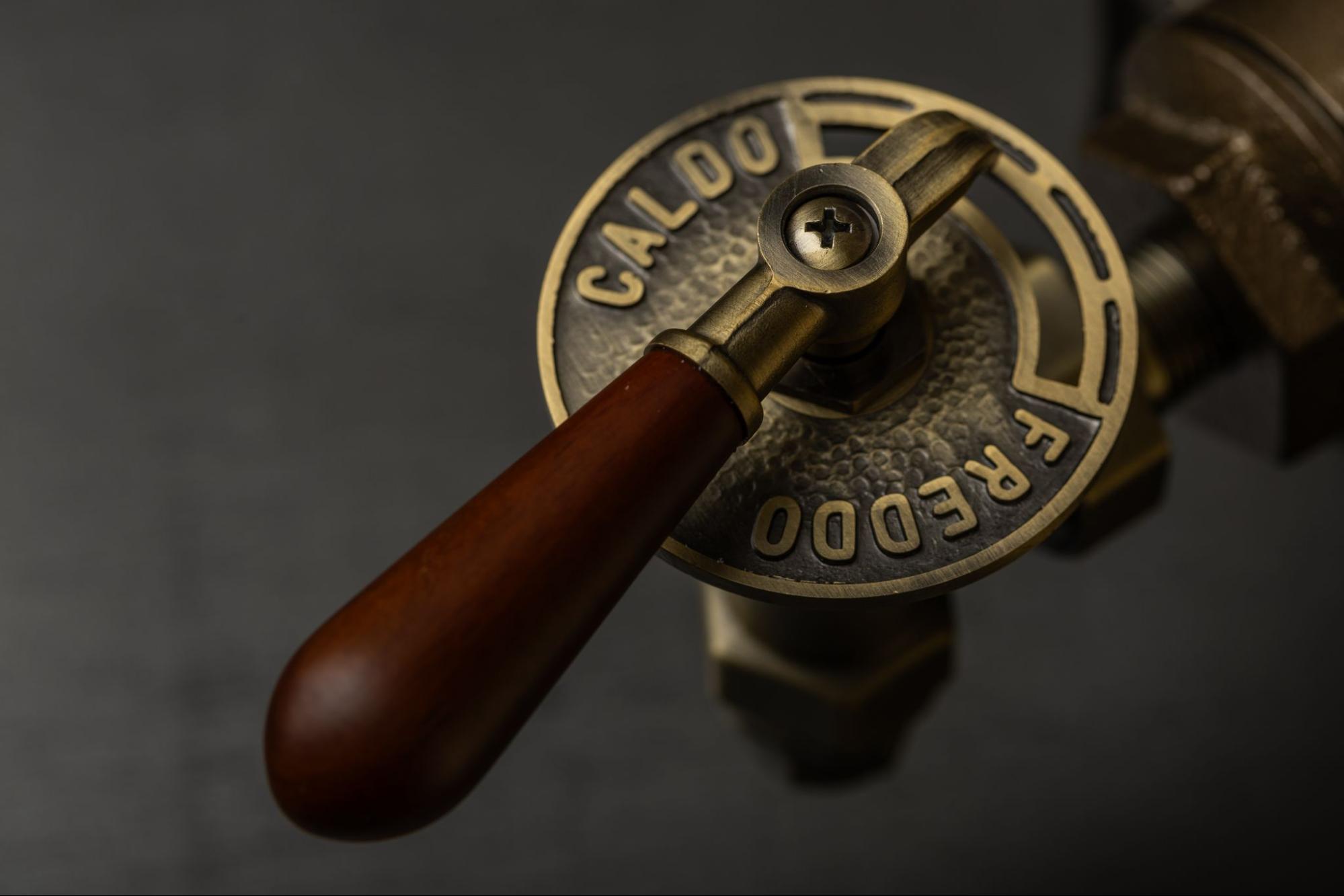The cost of living crisis is still at the front of mind for many of us. If you want to stay warm and comfortable this winter without seeing your energy bills soaring, you need to switch focus to efficiency.
Helping your heating system to work as efficiently as possible will enable you to maximise comfort without seeing your energy bills spiralling out of control.

If you have one or more cast iron radiators in your home, there are some simple steps you can take to improve efficiency and make sure you are getting the best value every time you turn up the thermostat.
Follow these tips for making sure your heating system is working efficiently this winter.
The first step in making your heating system more effective is to understand how cast iron radiators work. If you have recently upgraded from conventional radiators to cast iron radiators, you might be wondering how to make the most of this switch.
Cast iron radiators work by gradually heating up as hot water is pumped through the system. The cast iron may heat up very slightly slower than traditional radiators, but importantly will retain the heat for much longer. You won’t get instant heat as you might from an electric radiator, but your radiators will stay hot for longer after you turn them off.
This means the timer is your best friend, and working out when you want your home to be warm will enable you to save money on your heating bills by anticipating these moments.
Regularly dusting your radiators will help them to heat up evenly and avoid the dreaded dust bunnies that can accumulate between the vertical columns. Extreme dust build up on a radiator could make them less efficient as it will impact heat distribution to the surrounding air. You need good airflow between the columns for your radiators to be as effective as possible.
Read more: Winter heating maintenance tips for cast iron radiators
Cold spots on your radiators could indicate that you have air in the system. Air can block the free circulation of the hot water in your system and will prevent parts of your radiators from heating up, making them far less effective.
To get rid of air bubbles, you’ll need to bleed your radiators and then check the pressure on your boiler. If bleeding the radiators causes the pressure to fall below the manufacturer’s recommended levels, you’ll need to use the filling loop to top up your boiler and increase the pressure. This is a simple task to do with most boilers having instructions on them showing how to do this.
Cast iron radiators work best when there is good airflow around the entire unit. This is why they are floor-mounted rather than wall-mounted.
With a conventional wall-mounted radiator, you might need to add a reflective layer to the wall behind the radiator to help prevent heat loss through the wall. This step is unnecessary for cast iron radiators, as they simply need airflow around the whole unit to be effective.
Keep the area around your radiators clear to help prevent heat loss and poor efficiency.
A thermostatic valve will make your home heating more responsive to your needs. Rather than being stuck selecting between “off” and “on”, you can set the heating level for each room.
Rooms that are rarely used can be switched off entirely, and then you can decide which rooms should be a little cooler (bedrooms) and which should be warmer (lounge).

The original features in your period property could be making your home heating system less efficient. To help trap the heat in your home, you need to identify and eliminate draughts. Placing rugs over wooden floors, using draught excluders and hanging insulated drapes in your window can all help to stop pesky draughts from making your home feel colder.
Once you have made these changes, if you are still struggling to keep your home warm, you should investigate more extensive changes such as additional insulation.
Cast iron radiators can be highly efficient, if you know how to use them. A few simple housekeeping tasks like keeping your radiators clean and removing clutter from around your radiators can help them to work more efficiently. You should also consider bleeding your radiators regularly if you suffer from cold spots.
Installing and learning to use TRVs and your thermostat timer will save you a lot of money on your heating bills as you’ll only be heating the rooms you need to heat, when you need to heat them. And finally, a few small modifications to help eliminate cold draughts will make a considerable difference to how warm your home feels.
Sign up to our mailing list for the latest news, offers and Rad inspiration. You can unsubscribe at any time.